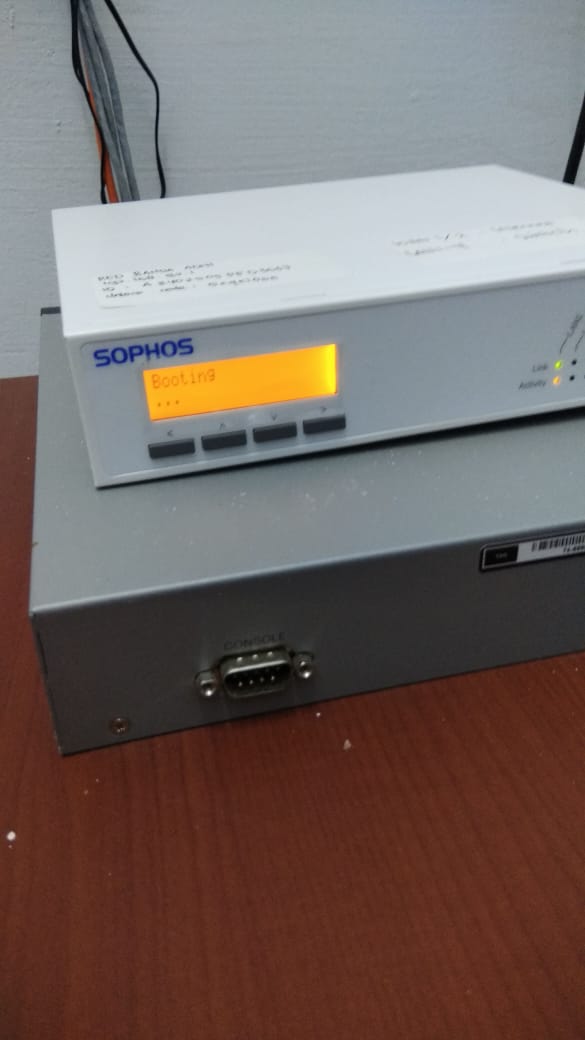

It delivers IDS, Web protection, application control, and reporting. It provides next-generation firewall protection, blocks unknown threats, automatically responds to security incidents by isolating compromised systems, and exposes hidden user, application, and threat risks.

Among the big traditional players like Fortinet UTM and Watch Guard’s Firebox UTM, some new solutions are hitting the market: UTMStack, and Gajshield.Ī UTM’s different functionalities are the result of dissimilar components interlaced to create a single system. The UTM market hit $2.1 billion in revenue in the first quarter of this year, and grew at a 16.1% year-over-year rate, making it both the most significant and fastest-growing security appliance market, according to IDC. Other aspects to ponder are hardware maintenance procedures and speed of response. Typical models involve annual maintenance contracts that involve product enhancements during the contract. Others have inactive functionality that can be enabled equally. Some UTMs support additional bandwidth that the vendor can easily enable (often remotely) for an extra payment.

Simplicity: the UTM is simple enough to manage by regular IT administrators.There are vital factors to take into account by any organization pretending to adopt a UTM solution: So, if an organization has a limited IT budget, lacks security personnel to manage disparate security controls, operates remote office environments, and needs a fundamental solution to meet the business compliance requirements, it should consider implementing a UTM solution. For example, organizations can initially opt for a UTM box with just a firewall and IPS activated by default, so they pay less. This is convenient for organizations with limited IT budgets. Many vendors offer solutions that allow deploying the capabilities one at the time. For this reason, many organizations choose to complement their UTM device with a second software-based perimeter to limit all malware that attempts to attack the UTM firewall.Īn additional benefit of UTM devices is flexibility. The most important of these is the single point of defense provided by UTM devices, as they also create a single point of failure. However, although they solve some network security problems, they have some disadvantages. Imagine how difficult and tedious it is monitoring, tracking, reporting, and alerting with diverse security solutions, not to mention how expensive.īy creating a single defense point and a single console, UTM solutions greatly facilitate the supervision of numerous threats and compliance management. The use of different tools and providers for each specific security task is a handicap when avoiding joint threats. Unified threat management devices have gained weight in the area due to the appearance of joint threats, which consist of combinations of different types of malware and attacks directed simultaneously to various segments of the network.

Ideal for security IT staff and easy to understand for executives, cost-effective and scalable, what more could a business want? All in one place for better understanding and analysis of security events and alerts. A single IT team through a single console performs all operations. The use of UTMs spread widely due to its simplicity: organizations that had individual suppliers or devices for each security task can now encompass them all, under the protection of a single provider. Some of them also provide remote addressing, network address translation (NAT), and virtual private network (VPN) support. A UTM typically includes the following functions: antivirus, antispyware, anti spam, network firewall, intrusion detection and prevention, content filtering, and data leak prevention. UTM stands for “Unified Threat Management”, it is an information security term that refers to a single security solution, and usually to a security device, that provides several security features in one single point of the network. Nevertheless, they play a vital and invisible role in the current economic and social space. On the contrary, the word “UTM” doesn’t mean anything for most people only persons working in the cyber security scope could know about it. It is logical because of the daily use, home, or at work, making them ordinary even for neophytes. The first expressions that come to someone’s mind, when hearing the term “cyber security”, are “antivirus”, or “firewall”.


 0 kommentar(er)
0 kommentar(er)
